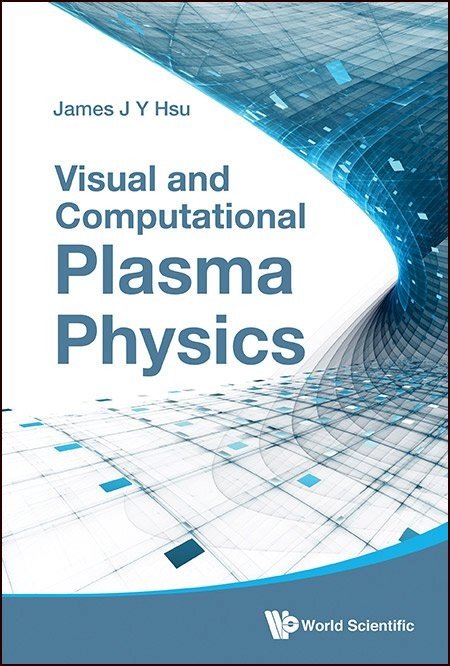Chapter Four: Single Fluid
The single particle picture, while providing the first glance at the truth, is insufficient to describe the collective phenomena of many-body plasma physics. Generalizing it to keep track of all particles would be highly desirable. However, since plasma physics often involves a great number of particles, to follow their dynamics at least 6N variables for N particles in phase space are needed, not to mention the electric field, the magnetic field, and many other quantities in the configuration space. Thus, it is often too complicated to follow the kinematics of all particles analytically or numerically.On the other hand, the smoothed and averaged properties of wave, transport, and fluid, may be revealed by a few local variables in the configuration space such as density, momentum, energy, and current, to understand the governing principles by simplification with clarification. Many effects from the particle discreteness such as correlation, velocity anisotropy, runaway, kinetic effects, among others, may be neglected as a start. Therefore, resorting to a fluid model is naturally the next step in our exploration of plasma physics.



